Keeping a caravan warm during the colder months can sometimes be a challenge, especially in older models. Heat loss is a common issue, and while many new static caravans are designed with insulation, double glazing, and central heating as standard, older models often lack these features, leading to higher heating costs and less comfort.
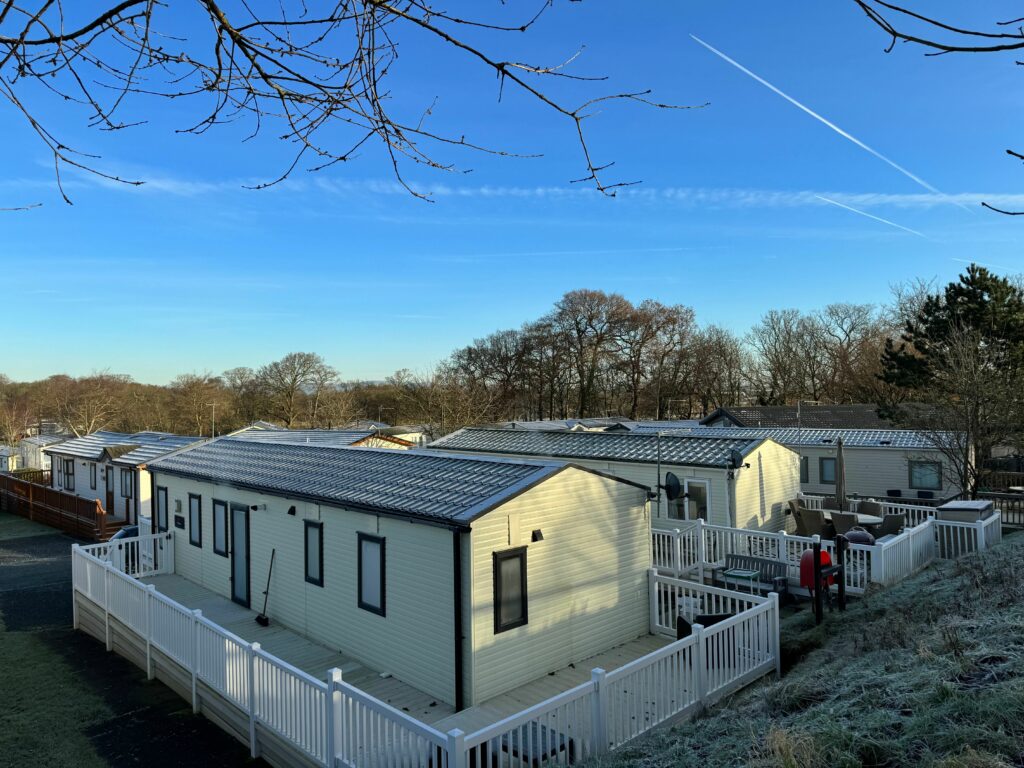
It’s important to note that caravans and lodges can be built to two standards. Most static caravans are built to the European standard EN 1647 which means they are constructed for seasonal use with moderate levels of insulation. Whereas many holiday lodges are built to to the British Standard BS 3632 and designed for all year round use with much higher levels of insulation to keep you warm in winter months. You might find some caravan manufacturers offer a paid for upgrade from EN 1647 to BS 3632 standard when ordering a new model that’s yet to be built in the factory, which can be useful if you plan to caravan in the colder months.
Adding extra insulation on static caravans built to ES 1647 standard will make sure your static caravan remains warm, reduces those energy bills, and prevent issues like damp and mould.
If you’re looking to enjoy some winter caravanning and improve energy efficiency, here are some key insulation upgrade tips.
Upgrade underfloor insulation
One of the most effective ways to reduce heat loss is to install underfloor insulation. Older static caravans often have poorly insulated floors, which means they lose warmth quickly. By adding insulation under your caravan, you can keep the interior warmer and more comfortable, reduce your heating bills, and even protect your flooring from potential damage due to moisture or cold conditions.
Always consult with your static caravan manufacturer and even your park manager to make sure that the insulation is installed by approved suppliers.
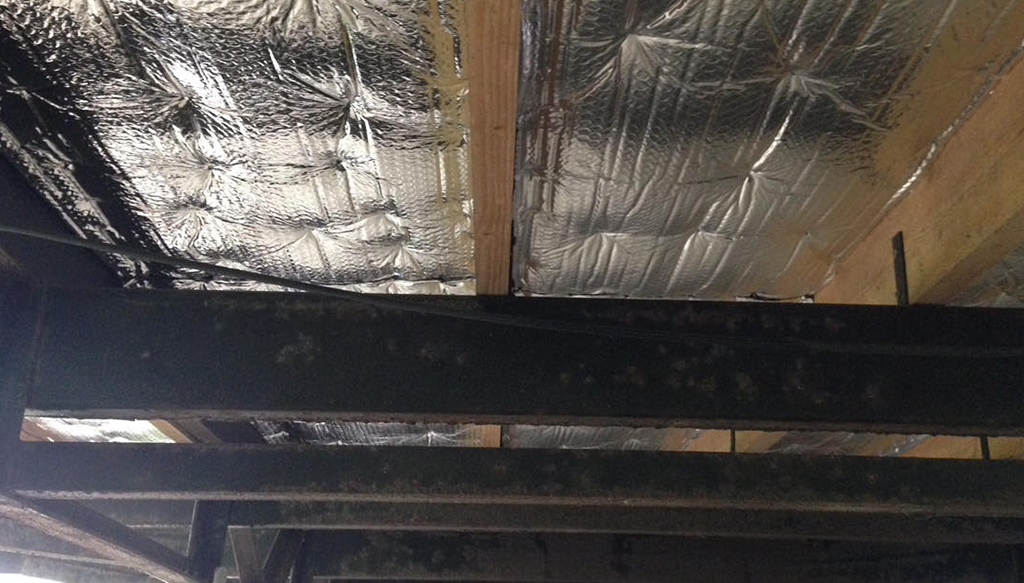
Caravan Underfloor Insulation use a four-layer foil thermal insulation system. The aluminium foil reflects heat lost through the floor back into the caravan and reflects cold air away from the caravan floor, preventing cold drafts from penetrating your living space. The insulation is 8mm thick and is coated with durable and corrosion-resistant aluminium foil for full waterproofing.
Check your caravan’s existing insulation
Newer static caravans and those built to BS3632 residential standard often come with built-in insulation in the walls, roof, and floor, making them well-equipped for year-round comfort.
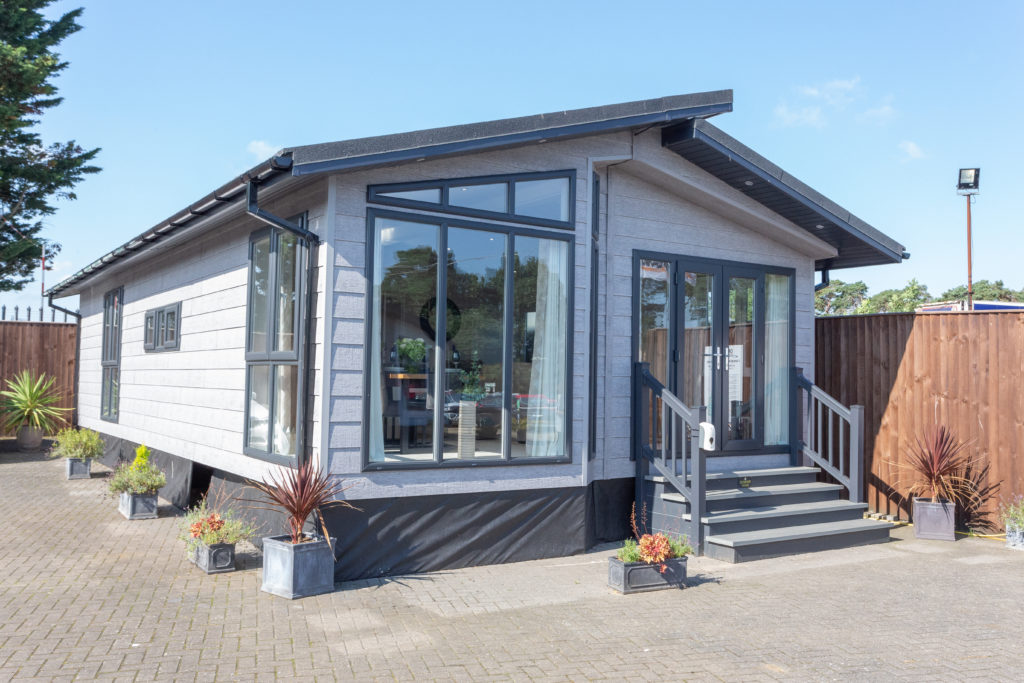
However, if your caravan is an older model, it’s worth checking the insulation levels and assessing whether upgrades are needed. Omar Holiday Homes, for instance, offer dedicated refurbishment services which specialise in insulation upgrades and other services.
Consider roof and wall insulation
Older static caravans might have little to no insulation in the walls and roof, which can result in significant heat loss. Installing or upgrading the insulation in these areas will help create a more energy-efficient living space, keeping you warm in the winter and cool in the summer. Many modern caravans come with this type of insulation as standard, but if you own an older model, it may be worth considering a retrofit to improve comfort levels.
Some companies will be able to install fibreglass between the wall panels and the exterior cladding to insulate the walls, as well as in the roof space. Foam insulation involves fitting materials such as polystyrene sheets into a static caravan’s wall cavities, where the foam expands to fill any gaps between the cavities.
Double-glazing
If your caravan doesn’t already have double glazing, upgrading your windows can make a substantial difference to its warmth. Double-glazed windows trap air between two panes of glass, providing a thermal barrier that keeps the heat inside. Not only does this help maintain a comfortable indoor temperature, but it can also reduce condensation, improve soundproofing and provide excellent insulation.
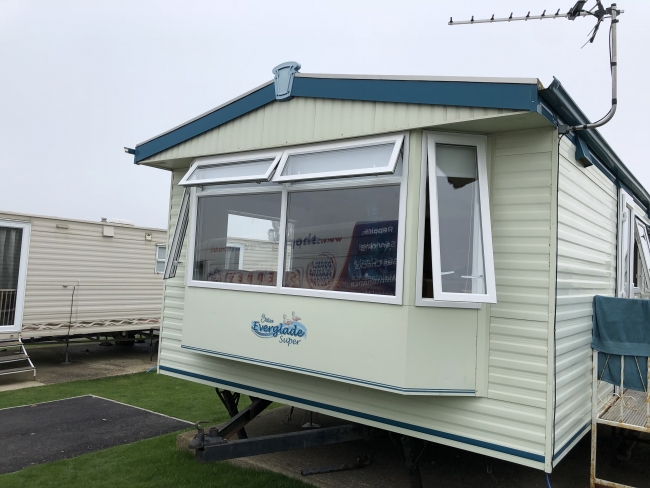
Sheppey Caravans quotes £2,100 for a typical install of around 10 double glazed windows and doors on a static caravan.
Check the warranty
If your static caravan is still under warranty, always check with the manufacturer before making any changes. Insulation upgrades can affect your warranty, especially if not carried out by approved professionals. Make sure that you employ reputable specialists to do the upgrades.
It’s always worth consulting with your park operator and the caravan manufacturer for advice, and they may have access to approved insulation suppliers and tradesmen.
That said, a lot of insulation upgrades are carried out on older static caravans where the warranty is no longer valid, so this might not be a concern.
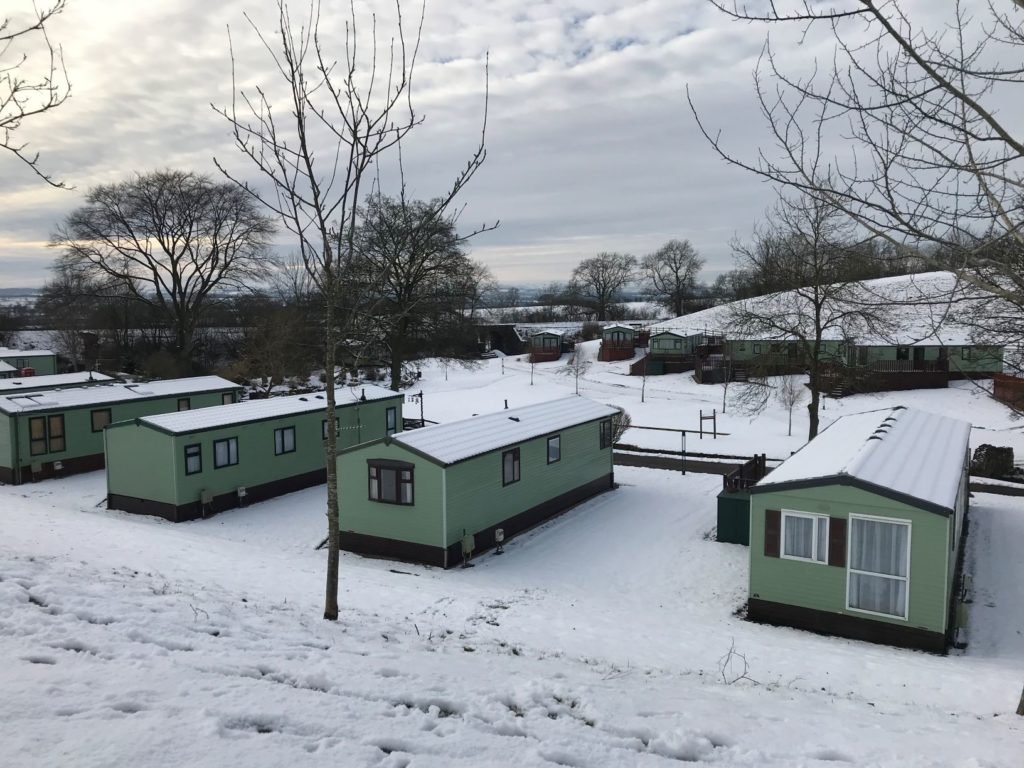
By investing in insulation upgrades, you can extend your holiday season, reduce heating expenses, and enjoy a cosier caravan for years to come!
Over to you…
Have you carried out any insulation upgrades to your caravan? Let us know in the comments below.





You can also invest in new floor covering to include 3.5 tog rated underlay.
No warranty is affected and probably the cheapest method. I supply it as standard now on all caravan installations.